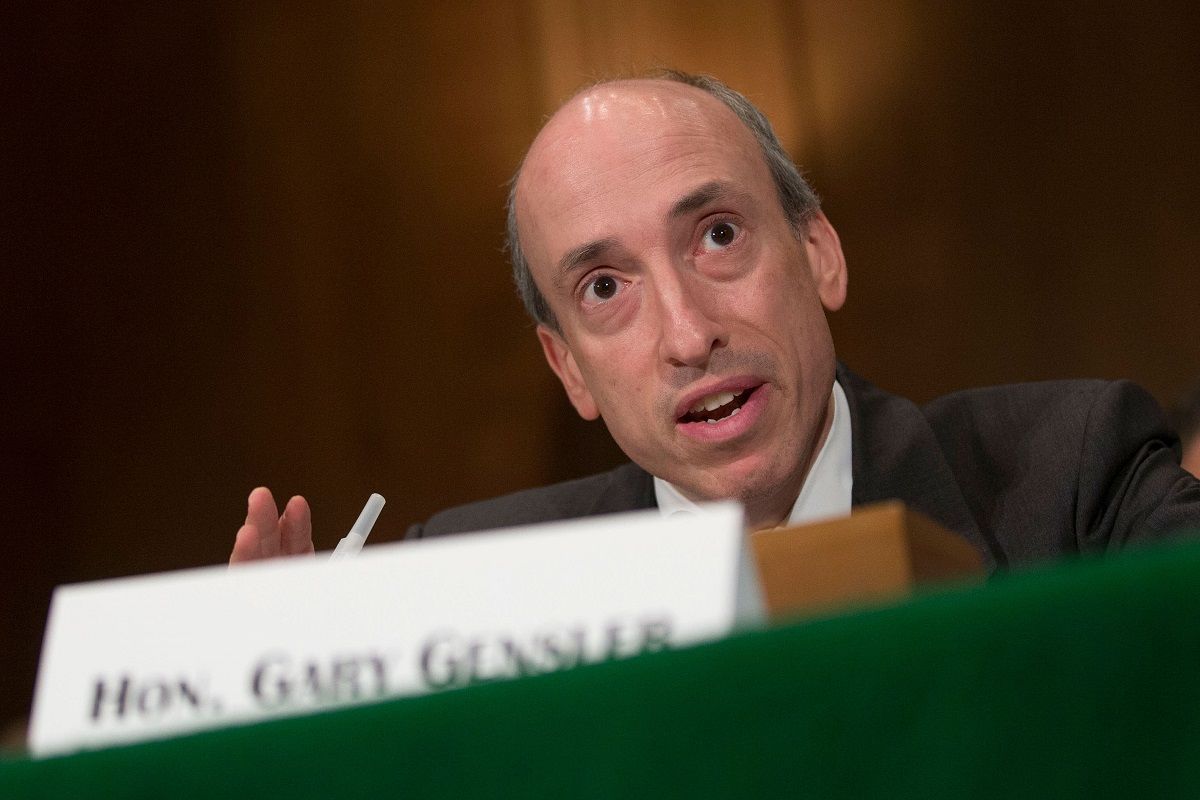Coinspeaker
FSB Finalizes Global Regulatory Framework for Crypto
The Financial Stability Board (FSB), an international body that oversees and advises on the global financial system, has come up with the final version of the global regulatory framework for crypto-asset activities. Basically, the document released by FSB consists of recommendations for companies involved in crypto activity, and these recommendations are divided into two parts:
- high-level recommendations for the regulation, supervision and oversight of crypto-asset activities and markets;
- revised high-level recommendations for the regulation, supervision, and oversight of “global stablecoin” arrangements.
The aim of FSB was to provide a regulatory framework that would comply with the principle of “same activity, same risk, same regulation” and cover all possible risks related to crypto activity. According to FSB, crypto-asset activities must be regulated based on their economic functions and the risks they pose.
In addition to recommendations, FSB has collaborated with sectoral standard-setting bodies (SSBs) and come up with a work plan to mitigate various risks that cryptos might pose. Those include AML/CFT, data privacy, cyber security, consumer and investor protection, market integrity, competition policy, and more.
FSB commented:
“Final recommendations incorporate learnings from events of the past year in crypto-asset markets and feedback received during the FSB’s public consultation.”
Next, in September, the FSB and the IMF will deliver a joint report to the G20 that will synthesise the policy findings from work of the Funf on macroeconomic and monetary issues. Further, by the end of 2025, the FSB will review the status of the implementation of the recommendations at the jurisdictional level. In partnership with the IMF and the World Bank, the FSB will oversee applying the proposed standards in daily practice.
Aspects, where the work has already started, include multifunction crypto-asset intermediaries, banks’ stablecoin exposures and related activities, and tokenization.
Need for Proper Risk Management
How did FSB develop the crypto regulatory framework? At the beginning of 2022, the crypto market was turmoiled by a chain of events that led to a sharp decrease in crypto assets. The collapse of Terra (LUNA), the third largest cryptocurrency ecosystem after Bitcoin (BTC) and Ethereum (ETH) at that time, the bankruptcy of FTX exchange, the crash of the crypto hedge fund Three Arrows Capital (3AC), the banking crisis, and the global economic decline showed the need to predict and protect against the risks caused by high volatility of crypto-asset markets.
However, the approach to regulating crypto markets is different in the US, Europe, and Asia. Different jurisdictions have different views on what should be done with digital assets. In the case of the FSB, the framework provided calls for stricter regulation, but it does not cover all aspects of crypto-related activity. It does not include stablecoins and Central Bank Digital Currencies (CBDCs), which are also important and popular tools offered by the industry.





